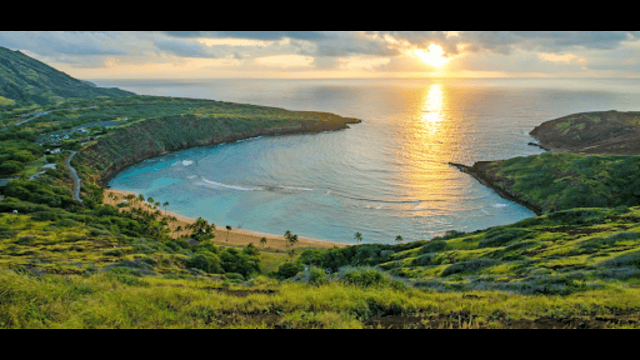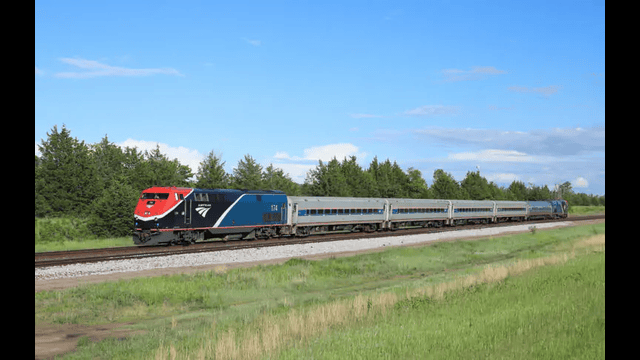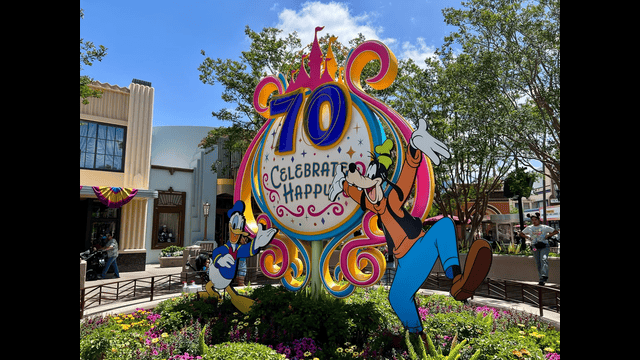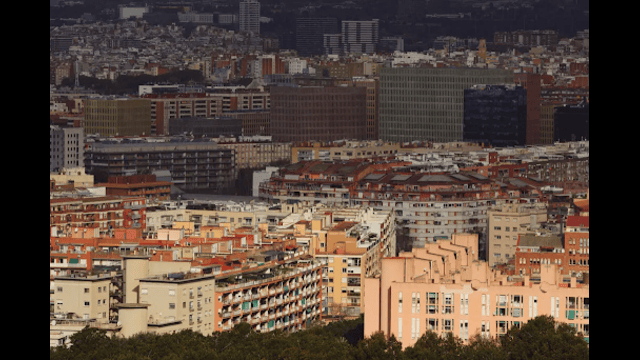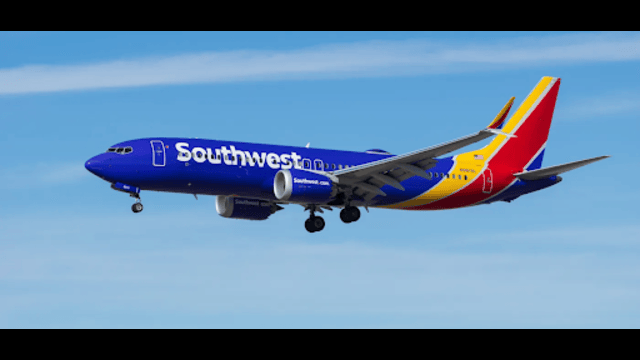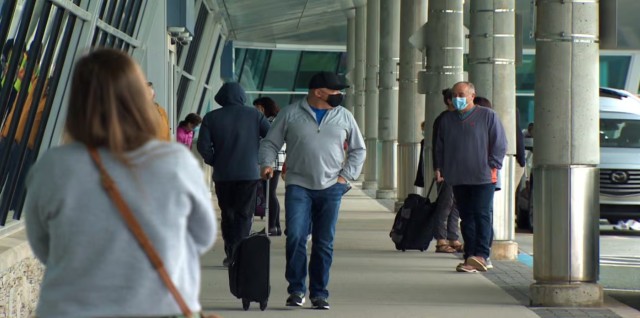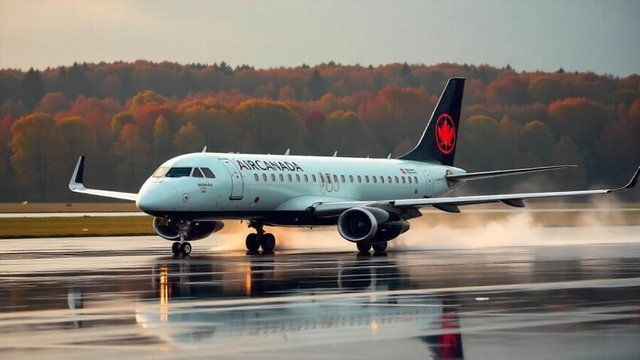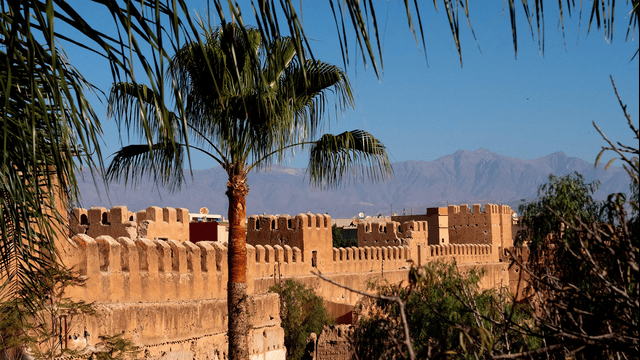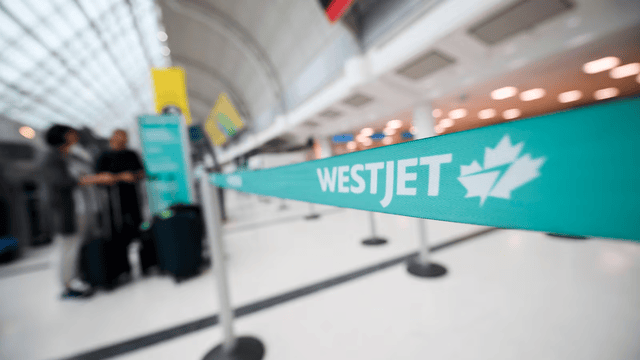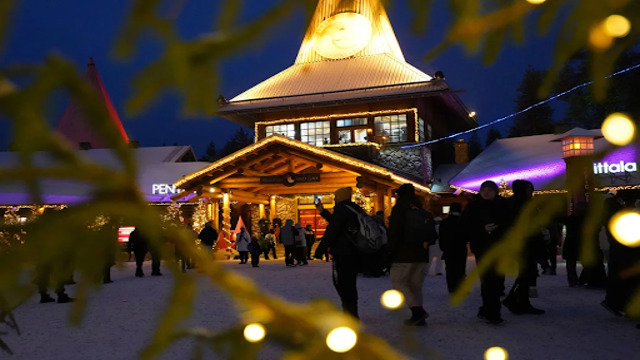
Santa Claus Village is a festive theme park located right at the Arctic Circle, offering a winter wonderland experience. CNN
In the cold December chill, Santa Claus Village, located on the edge of the Arctic Circle in Rovaniemi, Finland, draws large groups of tourists. The winter-themed amusement park, famous for its holiday charm, sees visitors frolicking in the snow, enjoying reindeer sleigh rides, sipping drinks in an ice bar, and meeting Santa Claus. Rovaniemi proudly calls itself the “official hometown of Santa Claus,” and its appeal during the holiday season is undeniable, with over 600,000 tourists flocking to the village each year.
For many visitors, like Elzbieta Nazaruk from Poland, the trip is a dream come true. “I’m really excited to be here,” she beams, embodying the joy and wonder many feel at Santa Claus Village.
While tourism is a major economic boost for the town, benefiting hotels, restaurants, and local businesses, not everyone is pleased with the growing number of tourists. Rovaniemi’s population swells during the holiday season, with the number of visitors exceeding the town’s population by ten times. Many residents are beginning to voice concerns about “overtourism,” a term used to describe the negative effects of excessive tourism, such as overcrowding, environmental damage, and strained infrastructure. The problem has been felt in other popular European destinations, such as Barcelona and Amsterdam, and now it seems to have reached even the far northern corners of the continent.
Antti Pakkanen, a photographer and member of a local housing network, expresses his concerns, noting, “We are worried about the overgrowth of tourism. Tourism has grown so rapidly, it’s not anymore in control.” In September, Pakkanen and others organized a rally through Rovaniemi to raise awareness about the issue.
Rovaniemi has seen a significant rise in tourism. In 2023, the town welcomed a record-breaking 1.2 million overnight visitors, almost 30% more than in 2022. The rebound in travel after the pandemic, combined with an increasing trend in interest in Nordic destinations, has contributed to this surge. Visitors are flocking to see the snow, the Northern Lights, and of course, to visit Santa Claus. In response, Rovaniemi has seen an increase in flight routes, including new connections to and from cities like Geneva, Berlin, and Bordeaux.
On December 4, 2024, visitors flocked to Santa Claus Village, a winter wonderland located at the Arctic Circle in Rovaniemi, Finland, to enjoy the festive atmosphere and activities. CNN
With so many tourists arriving, hotel space is becoming scarce. Tiina Määttä, general manager of the 159-room Original Sokos Hotel, predicts that 2024 will break even more records in terms of tourism. However, the influx of tourists has led to some problems, particularly in the city’s housing market. Many apartment buildings that were once residential are now being used for short-term rentals, making it harder for locals to find long-term accommodation. As a result, prices for housing have increased, and the city center is increasingly being transformed into a space for tourists rather than long-term residents.
Campaigners, including Pakkanen, are calling for stronger enforcement of Finnish laws that prohibit the use of residential buildings for commercial accommodation services. “The rules must be enforced better,” Pakkanen urges. However, not everyone agrees. Rovaniemi’s mayor, Ulla-Kirsikka Vainio, notes that some residents are making “good money” from short-term rentals.
As of now, it seems unlikely that stricter regulations will be implemented in time to impact this winter season. Despite the growing concerns, tourism in Rovaniemi is expected to keep rising in 2025. The town’s unique appeal, especially during the Christmas season, will likely continue to draw travelers eager to experience the magical atmosphere of the Arctic Circle. For visitors like Joy from Bangkok, the allure of seeing the Northern Lights and spending Christmas in such a special place is undeniable. "Rovaniemi seems to be a good place," she says.


